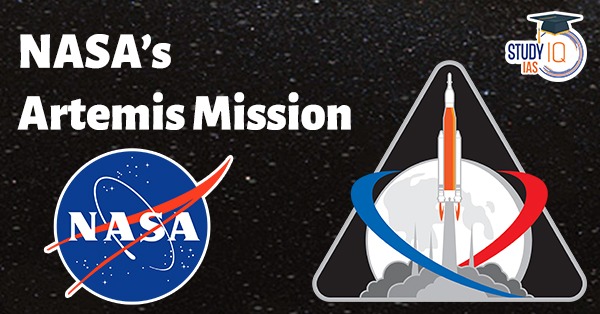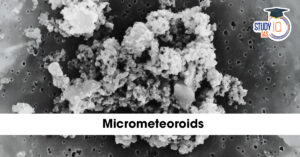Table of Contents
What is NASA Artemis 1 Mission?
- NASA Artemis 1, formerly known as Exploration Mission-1, is a planned uncrewed Moon-orbiting mission and the first spaceflight in NASA Artemis mission.
- It is also the first flight of the agency’s Space Launch System (SLS) rocket and the complete Orion spacecraft.
- The launch was originally scheduled for August 29, 2022, but technical difficulties and uncertainty about the weather forced a cancellation.
- NASA Artemis 1 mission will last for six weeks and will test all the rocket stages and spacecraft that would be used in later NASA Artemis missions.
Reasons for Failure of Launch NASA Artemis Mission
- A problem was detected on one of the rocket’s main engines, RS-25, 40 minutes before the scheduled liftoff of NASA Artemis Mission.
- NASA noticed the ‘engine bleed’ when the launch team began filling the rocket’s core fuel tanks with super-cooled liquid oxygen and hydrogen propellants for NASA Artemis Mission.
- The four engines are used during the rocket’s core stage and needed to be “conditioned” with cryogenic propellant to bring them up to the correct temperature for launch.
- One of these engines did not achieve the high-accuracy temperature as NASA expected it to.
- The rocket is currently in a stable configuration and will now attempt to take off on September 2022.
NASA Artemis Mission at a Glance:
Nomenclature
- NASA Artemis mission is named after the twin sister of Apollo from Greek mythology. Artemis is also the goddess of the moon.
Short-term goal
- With the Artemis programme, NASA aims to land humans on the moon by 2024, and it also plans to land the first woman and first person of colour on the moon.
Long-term goal
- NASA will establish a permanent Artemis Base Camp on the Moon surface and a gateway (the lunar outpost around the Moon) in lunar orbit to aid exploration by robots and astronauts and ultimately facilitating human missions to Mars.
Major components
- The Space Launch System (SLS), Orion spacecraft, Lunar Gateway space station and the commercial Human Landing Systems, including Starship HLS.
Collaborations
- Other space agencies are also involved in the Artemis programme.
- The Canadian Space Agency has committed to providing advanced robotics for the gateway,
- The European Space Agency will provide the International Habitat and the ESPRIT module, which will deliver additional communications capabilities among other things.
- The Japan Aerospace Exploration Agency plans to contribute habitation components and logistics resupply.
Note: These collaborations are bound together by Artemis Accords, which is a bilateral agreement between the USA and other world governments participating in the Artemis Program (As of July 2022, 21 countries and one territory have signed the accords).
Major Milestones in the History of Moon Exploration
Significance of Moon Exploration
- Economic significance: The moon is actually an excellent source of building materials, fuel, rare Earth metals and other useful resources. The abundance of helium-3 is thought to be greater on the Moon than on Earth.
- Understanding the universe: The moon offers a pristine environment to study. It is also closer than other celestial bodies. Understanding how it formed and evolved can help us better understand the solar system, the universe and even the Earth itself.
- Space tourism: The New Space industry has its sights set on space tourism, a growing market expected to be worth at least $3 billion by 2030.
- Deep space exploration: Sending astronauts to the Moon can help us develop and prove the viability of technologies needed for deep space exploration, including missions to Mars.
- The area of space around the Moon can be an effective location from which to travel to other destinations in the Solar System, such as the Moon or Mars. The radiation environment there is also representative of deep space.
- Global partnerships: Moon exploration provide a challenging, shared and peaceful activity that unites nations in pursuit of common objectives and helps in the growth of scientific knowledge.


 Micrometeoroids: Tiny Space Particles, M...
Micrometeoroids: Tiny Space Particles, M...
 India Needs a National Insolvency Tribun...
India Needs a National Insolvency Tribun...
 Unlocking the Potential of India–Afric...
Unlocking the Potential of India–Afric...

























